Massachusetts - The Bay State
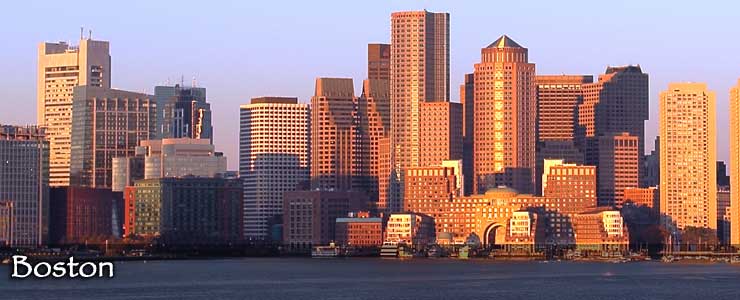
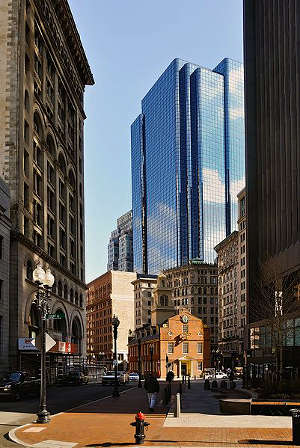
Court Square
Massachusetts got its name from a tribe of Native Americans by the same name. However, not too long after the Pilgrims arrived at Plymouth Rock in 1620, the Massachusetts tribe was fighting for their lives: smallpox was a disease they'd never encountered before. Within maybe 50 years of the Pilgrims arrival, about 90% of all the indigenous people in New England had been wiped out by smallpox alone, then there was cholera and a whole host of other European diseases... It didn't help, either, that certain of the British nobles imported disease-ridden blankets and clothing and distributed those to the tribes.
Boston was founded as the Massachusetts Bay Colony in 1630. The first colonists came to the New World seeking religious freedom, but once they arrived they had little-to-no tolerance for folks who didn't believe as they did. It was religious dissenter Roger Williams who left in 1636 and founded Rhode Island. And religious dissenter Thomas Hooker who also left in 1636 and founded Connecticut.
The best agricultural land in Massachusetts is in the Connecticut River Valley and the Puritans were settling there by 1636, too. The next 140 years saw increasing settlement everywhere in the countryside claimed by the Massachusetts colony. The labor market was built on a huge influx of "indentured servants" from England. In those days, the sentences of British convicts were "sold" to wealthy property owners in New England who would transport the convicts to the New World and then keep them busy while they finished out their 20 year sentences - so "slavery" as such was never a local issue in Massachusetts because it had another name, and the "slaves" tended to be white Britons. That said, this bit of "colonization"" ended with the American Revolution. After that the British transported their prisoners to Australia instead and the sea merchants of Massachusetts got into the other slave trade, transporting black Africans across the Atlantic to slave markets in the South.
Massachusetts was an early leader in the Industrial Revolution and many of the colony's early factories were built next to rivers at the "fall line." During the Ice Ages, when the melting began, the glaciers dropped their loads of scraped rock and soil at today's fall line. Most New England rivers flow over the fall line in a series of waterfalls on their journeys to the ocean. The force of water running over those waterfalls was harnessed to run the machinery in early factories.
Massachusetts was at the forefront of the American Revolution and at the forefront of the abolitionist movement that led to the American Civil War. These days, Massachusetts is at the forefront of higher education, health sciences, hi-tech and the finance/insurance world.
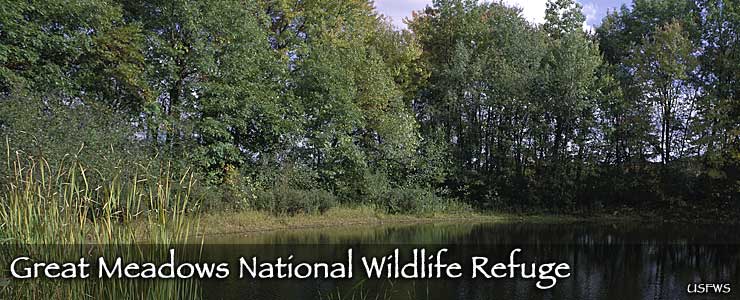
Fast Facts about Massachusetts
Largest City: Boston
Became a State: February 6, 1788: 6th
Highest Point: Mount Greylock : 3,492'
Lowest Point: Atlantic Ocean : 0'
2010 Massachusetts Population Demographics
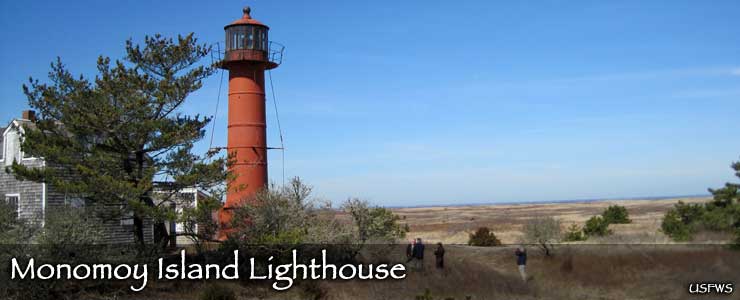
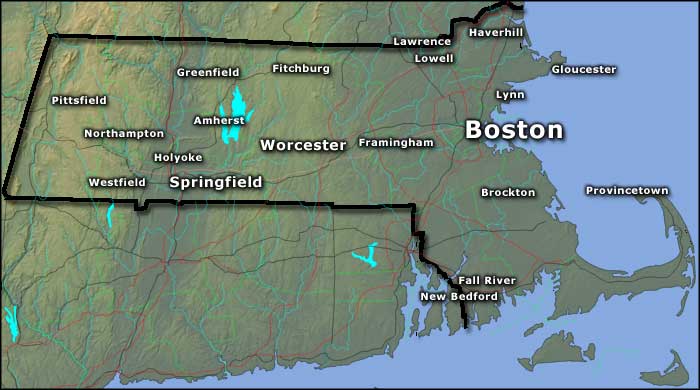
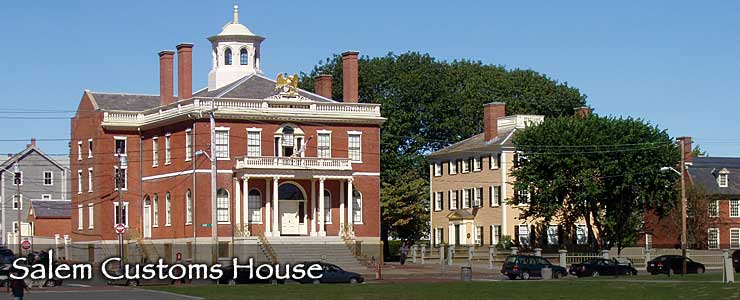
Boston skyline photo courtesy of Wikipedia userid YSawa, CCA-by-SA 3.0 License
Photo of Court Square in Boston courtesy of Timothy Valentine, CCA-by-SA 2.0 License
Connecticut River Valley photo courtesy of Wikipedia userid BenFrantzDale, CCA-by-SA 3.0 License
Other photos courtesy of the US Fish & Wildlife Service
Map courtesy of Cartesia MapArt US Terrain